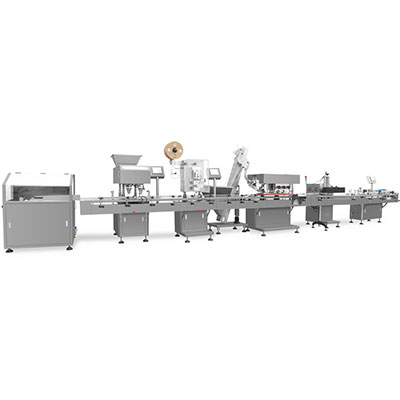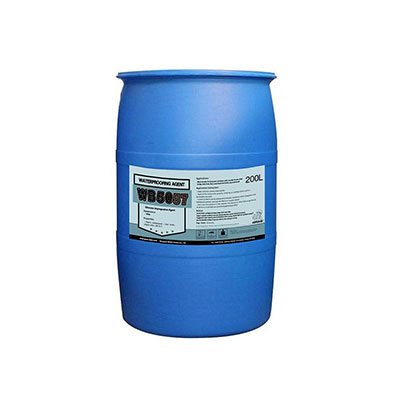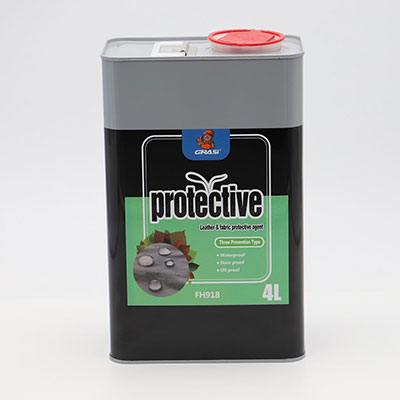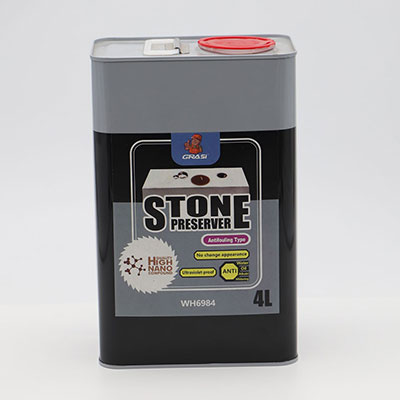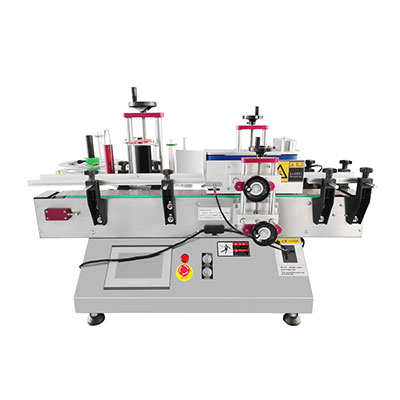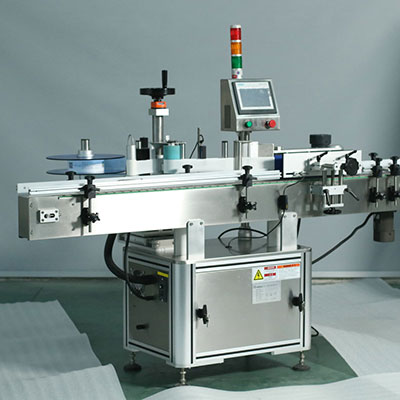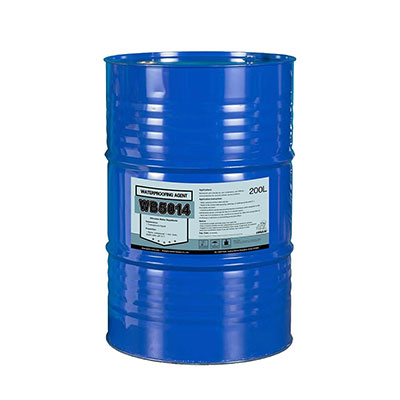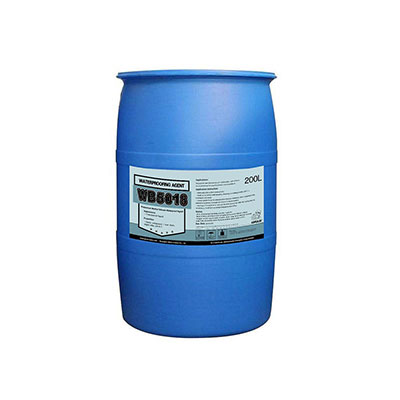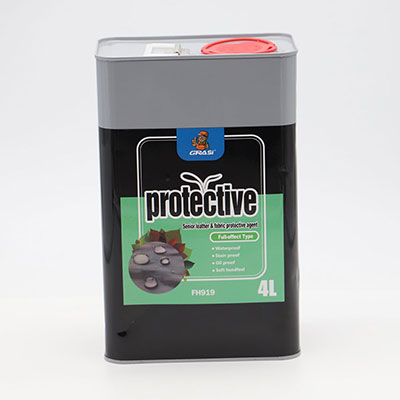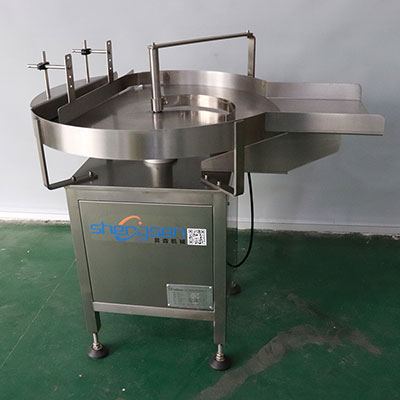Power Plant Solution
I. Conceptual Design
Pulverized Coal Production Process Plan Drawing
1. Vertical Roller Mill
2. Blast Furnace
3. Dust Collector
4. Elevating Conveyor
5. Pulverized Coal Bin
II. Required Equipment
Vertical Roller Mill
III. Solution Advantages
1. One single vertical roller mill consumes as little as 18-22 Kwh of electricity for each ton of pulverized coal produced. Wear-resistant parts of the mill ensure an extended use life. The mill is quite efficient at separating large coal particles from fine powder. It is able to produce narrower size distribution than is required under related standards.
2. A reasonable overall structure is a tangible guarantee of stable operation, ease use, and reliable control. This mill brings 30% electricity savings compared with a traditional ball mill. Its fuel economy reaches industry-leading standards.
3. High size-reduction ratio allows the mill to suitable for feedstock of HGI55~60 grindability. The mill is able to function properly under both high and low loads.
4. Noise control level meets the Emission Standard for Industrial Enterprises Noise at Boundary (GB12348-2008).
5. The average dust concentration in the surrounding atmosphere is lower than 1mg/m3, meeting the Emission Standard of Air Pollutants for Cement Industry (GB4915-2004).
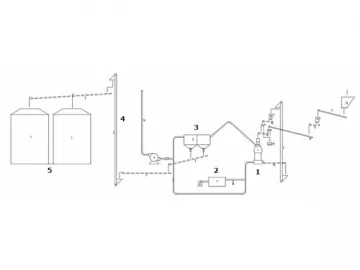
Benefits
1. Pulverized coal is easier to burn than lumpy coal. It saves 30% of electricity, meeting the related national standards.
2. During grinding, the grinding roller does not contact directly with the grinding table. This grinding method reduces wear, extends parts use life, and saves production cost.
3. Normally speaking, the mill would produce 5 to 70 tons of powder coal in an hour. Percentage of coal particles larger than 80μm is as low as 3%.
window.onload =function() {doget("/loadbyJs.php?type=bigCate&nums=6","etw_nav");}
Links:https://www.globefindpro.com/products/60860.html
-
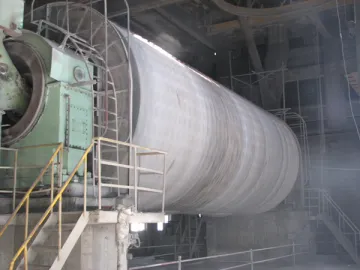 Cement Production Line of Xinxiang Huaxin Power Group Co. LTD
Cement Production Line of Xinxiang Huaxin Power Group Co. LTD
-
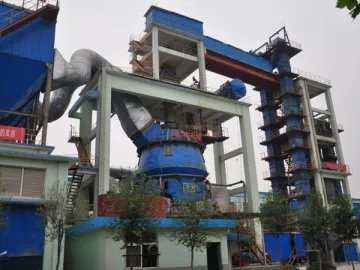 600,000t/y Slag Powder Demonstration and Training Base of Great Wall Machinery
600,000t/y Slag Powder Demonstration and Training Base of Great Wall Machinery
-
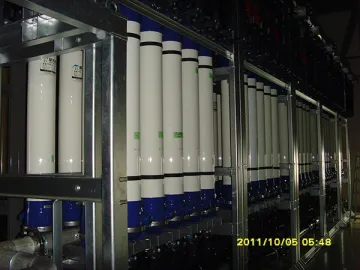 Grey Water Reuse
Grey Water Reuse
-
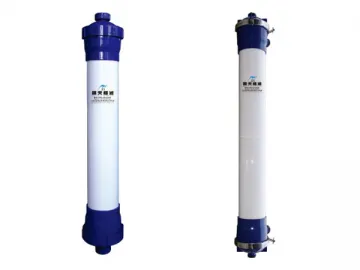 PVDF Hollow Fiber Ultrafiltration Membrane
PVDF Hollow Fiber Ultrafiltration Membrane
-
 Courtyard
Courtyard
-
 Customized Packaging Bag
Customized Packaging Bag
-
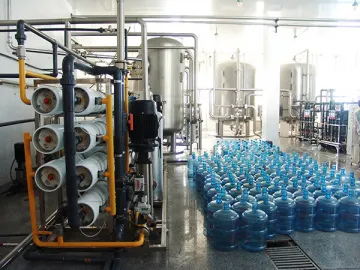 Drinking Water Treatment
Drinking Water Treatment
-
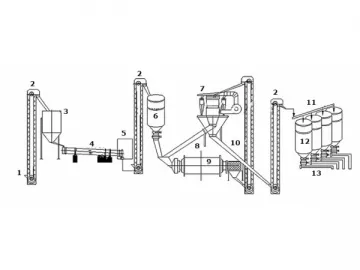 Grinding Station Solution
Grinding Station Solution
-
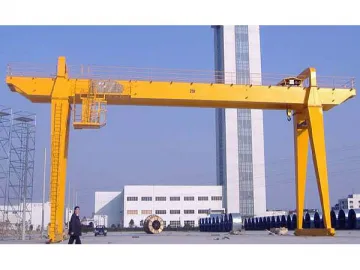 Gantry Crane
Gantry Crane
-
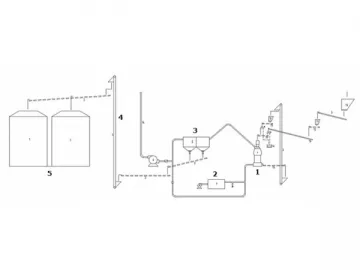 Mine Solution
Mine Solution
-
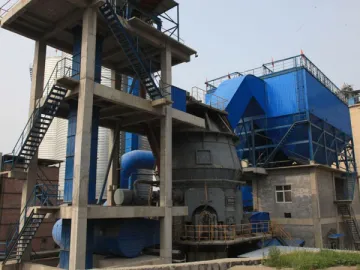 600,000t/y and 300,000t/y Slag Powder Production Lines of Tangshan Hongyan Building Materials Co. Ltd
600,000t/y and 300,000t/y Slag Powder Production Lines of Tangshan Hongyan Building Materials Co. Ltd
-
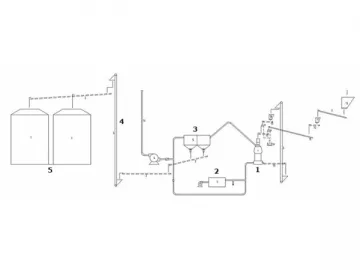 Steel Mill Solution
Steel Mill Solution
